Fixing motion
New methods to deal with motion artifacts in brain imaging data are critically important, says Mike Tyszka.
Expert opinions on trends and controversies in autism research.

New methods to deal with motion artifacts in brain imaging data are critically important, says Mike Tyszka.
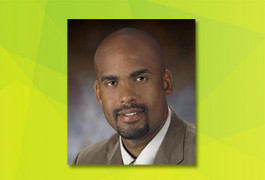
Characterizing the brain’s network organization may help us understand autism, says Damien Fair.
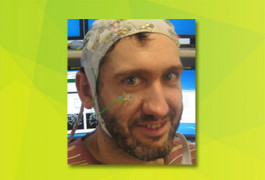
‘Underconnectivity’ is considered one of the best-supported theories for the neural basis of autism. But many questions remain unanswered, says Jon Brock.

Researchers should be cautious about interpreting the results of studies that rely on diffusion tensor imaging, says Carlo Pierpaoli.

To better understand how local connectivity is altered in autism, we first need to define what it means, says Tal Kenet.
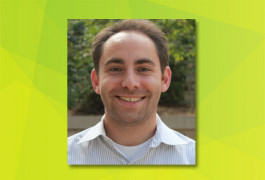
A number of studies have found no connectivity differences between people with autism and controls, but few have been published so far, says Dan Kennedy.
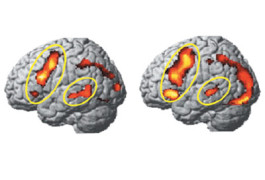
Autism may result from reduced anatomical connectivity and functional connectivity between the frontal cortex and more posterior areas of the brain, say Marcel Adam Just and Timothy Keller.

Systematic analysis of video clips is better than questionnaires are at assessing repetitive movements in children with autism, says Sylvie Goldman.
A number of autism risk factors converge on one cellular pathway: abnormal remodeling of the cell’s structural systems through the signaling protein Rho, says SFARI’s associate director for research, Alan Packer.
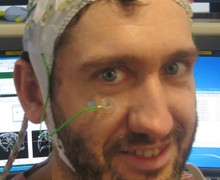
Researchers must use better measures to show that experimental and control groups are well matched, says Jon Brock.






